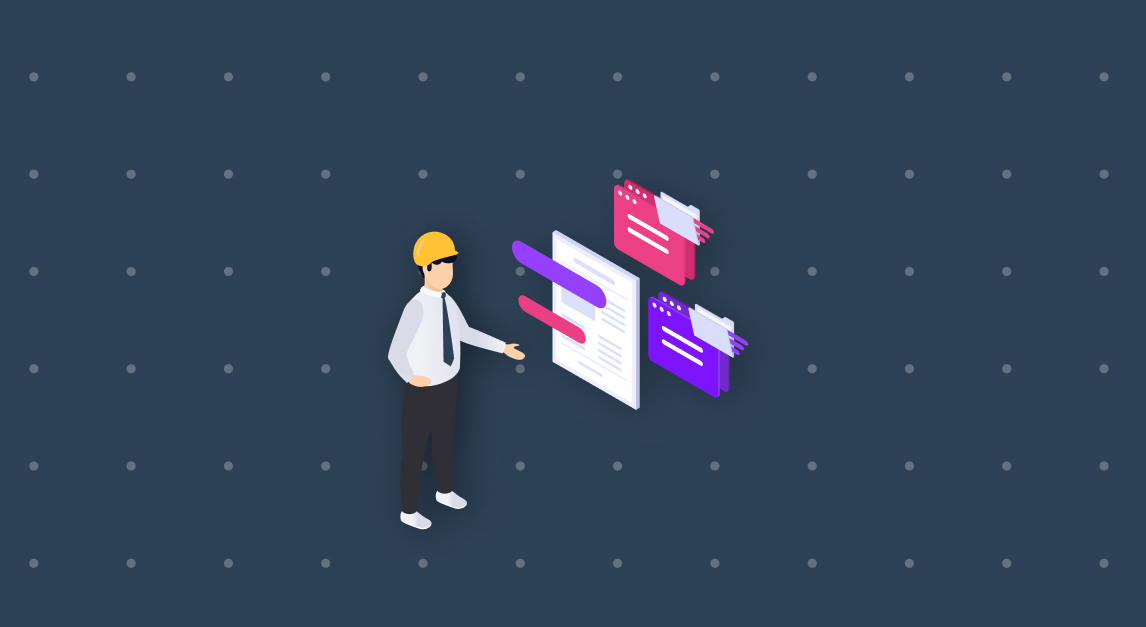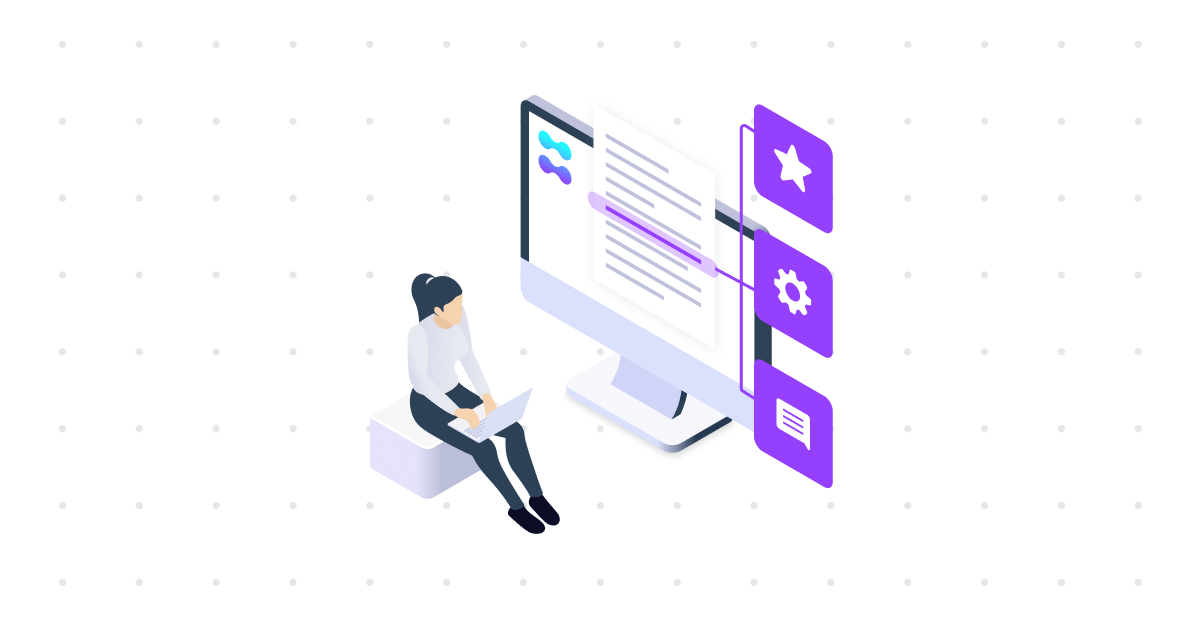How to Extract Specifications From Documents and Get Them Into Any Requirements Management App?
- Whitepaper
Traditionally, organizations have relied on document-based specifications stored in Word files, PDFs, or spreadsheets. While this approach offers flexibility and human-readability, it also introduces inconsistencies, outdated information, and inefficiencies. It’s time for a change. Our experts have created a white paper that discusses moving from document-based to model-based specifications while also providing practical tips on extracting specifications from documents and importing them into any Requirements Management App.
By reading our white paper, you can learn:
- Why should you move away from traditional document-based to structured specifications?
- How can you reduce manual work when extracting specifications from documents?
- How can our step-by-step approach help you to structure specifications better?
- Why linking specifications to objects, activities, and standards offers you benefits.
Complete the form to receive the white paper in your inbox.
Or do you want to find out more about this topic? Read our blog ‘What is Intelligent Requirements Management?‘ or schedule a 45-minute demo with one of our experts.
Extracting Specifications from Documents: Manual vs. NLP-Based Extraction
Extracting, interpreting, and applying specifications from technical documents, like standards, contracts, or regulations, is often a necessary but painstaking part of project or product management. Traditionally, this has been done manually, but recent advances in Natural Language Processing (NLP) have opened up new, intelligent alternatives. In this blog, we’ll explore the differences between manual and […]
ReadWhat is the difference between Ontologies and Object Type Libraries (OTLs)
In today’s data-rich environments, organizations face growing pressure to improve their information management and data exchange. Two essential concepts that support this are Ontologies and Object Type Libraries (OTLs). Both are foundational to structuring and standardizing data. While they have different emphases, they are not opposites. Instead, they often work hand-in-hand. Understanding their roles and […]
ReadWhat’s Inside an Object Type Library? Understanding OTL Contents and Scope
When you first hear the term Object Type Library (OTL), it might sound like a technical catalog or something buried deep in the domain of data specialists. But a well-defined OTL can make life easier for everyone who works with data, especially those designing, building, or maintaining complex systems. From engineers and asset managers to […]
Read


